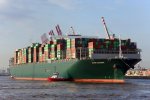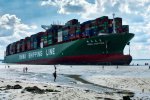JumbleDuck
Well-known member
I worked in a department with its own helium liquefier, so all the gas was captured in a return system, pumped into a small gasholder and then reused. There was a gas meter for each room, and heaven help you if you returned significantly less than you signed for.Yes, ditto, but research rather than testing. We pumped on the liquid helium to get lower temperatures and then captured the gas in radiosonde balloons that started on top of our cupboards and spread across the ceiling. Eventually there was a liquid nitrogen machine installed in the college basement but helium was still bought by the Dewar.
General guideline, good from then till now: Liquid nitrogen costs about the same as milk; liquid helium costs about the same as a good claret.


